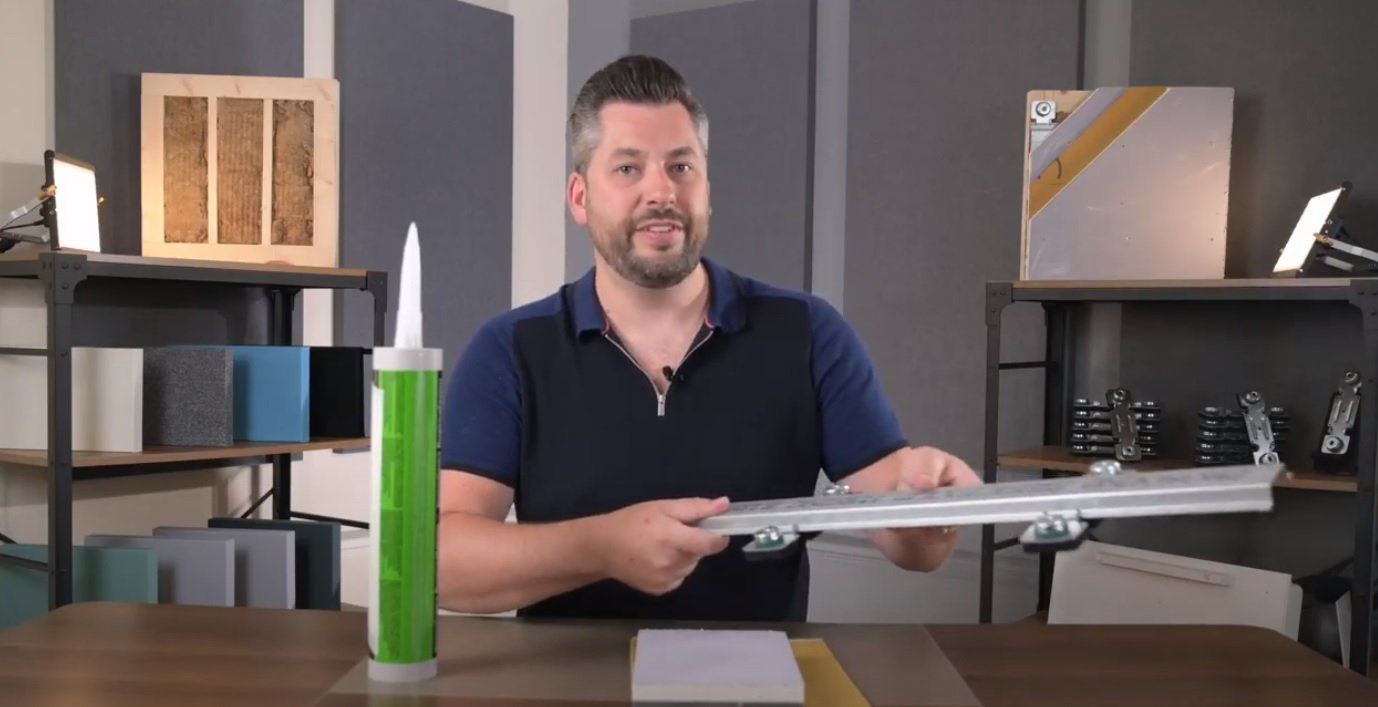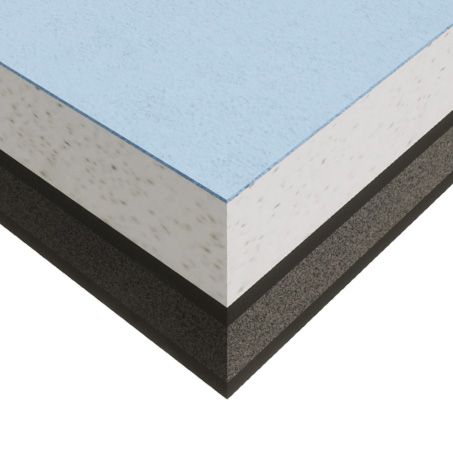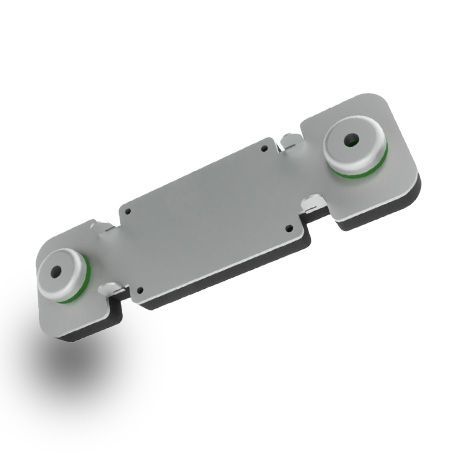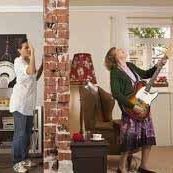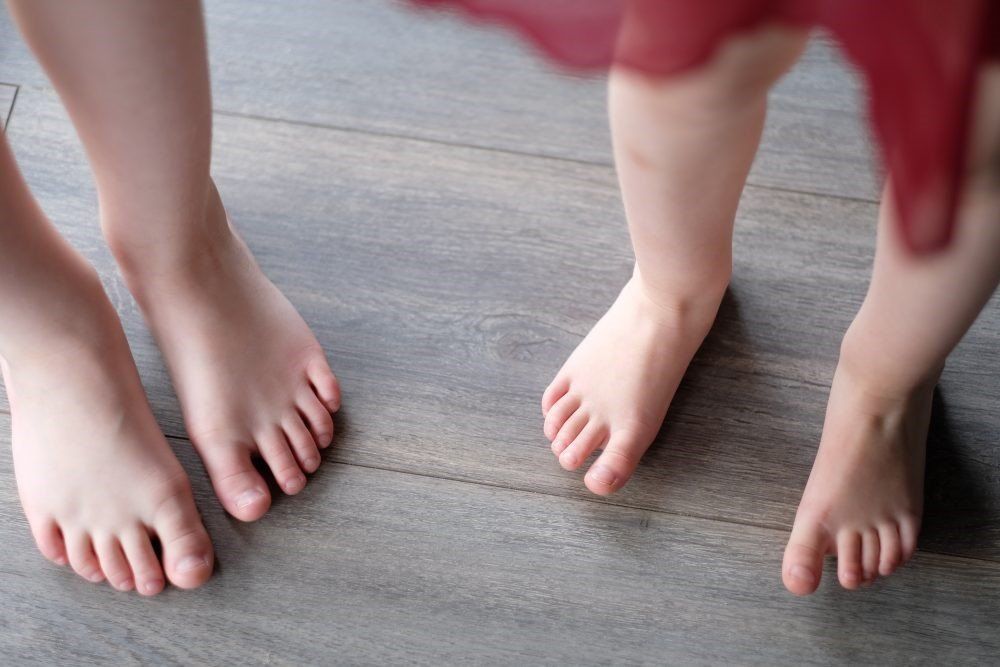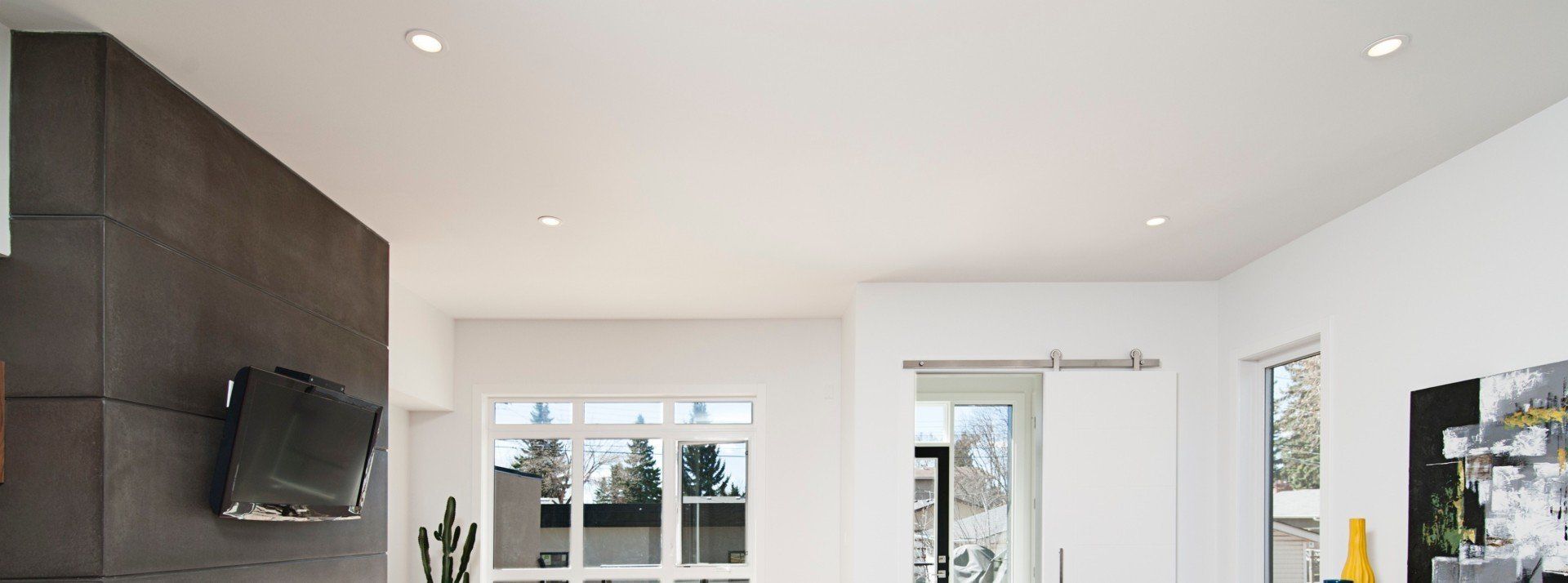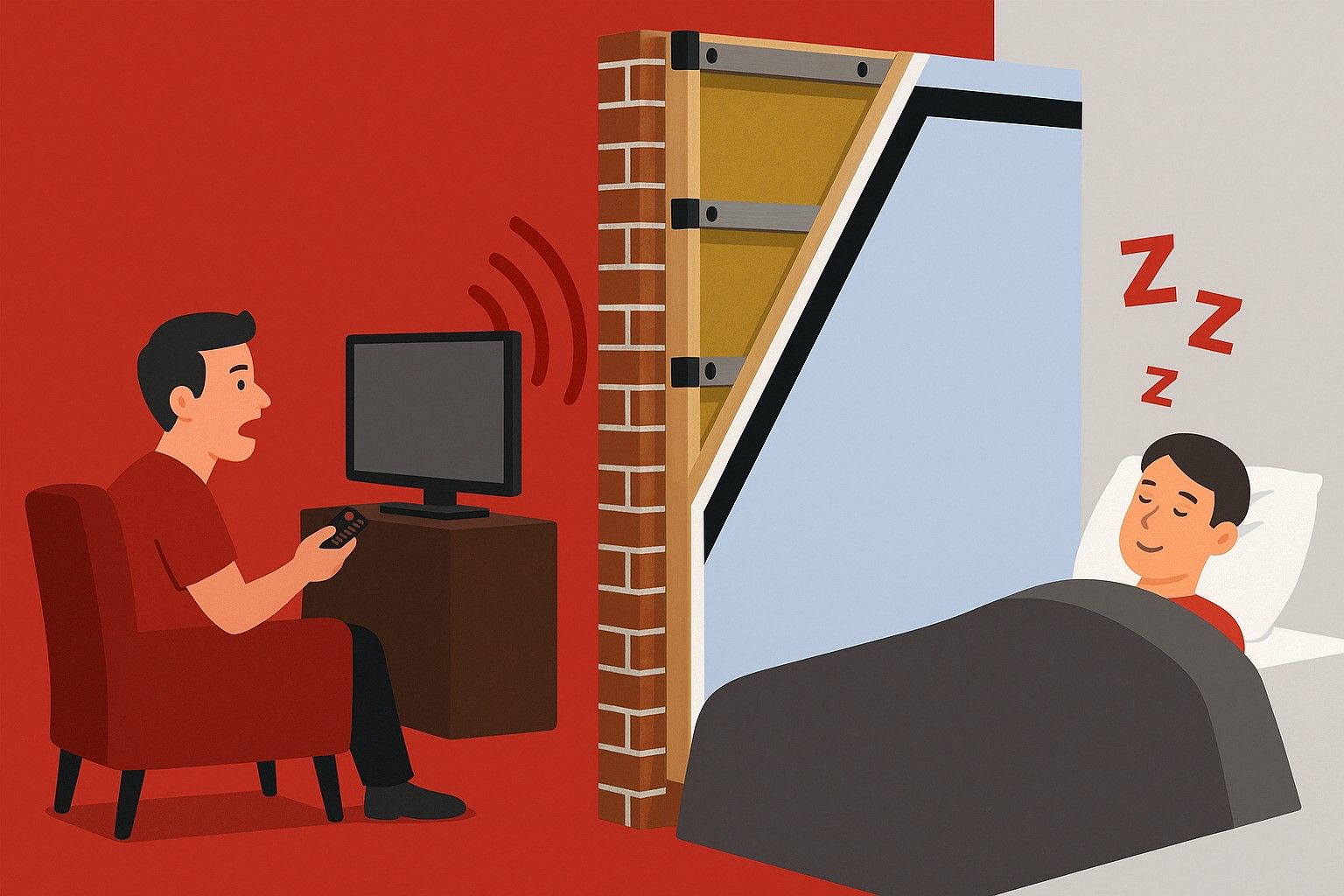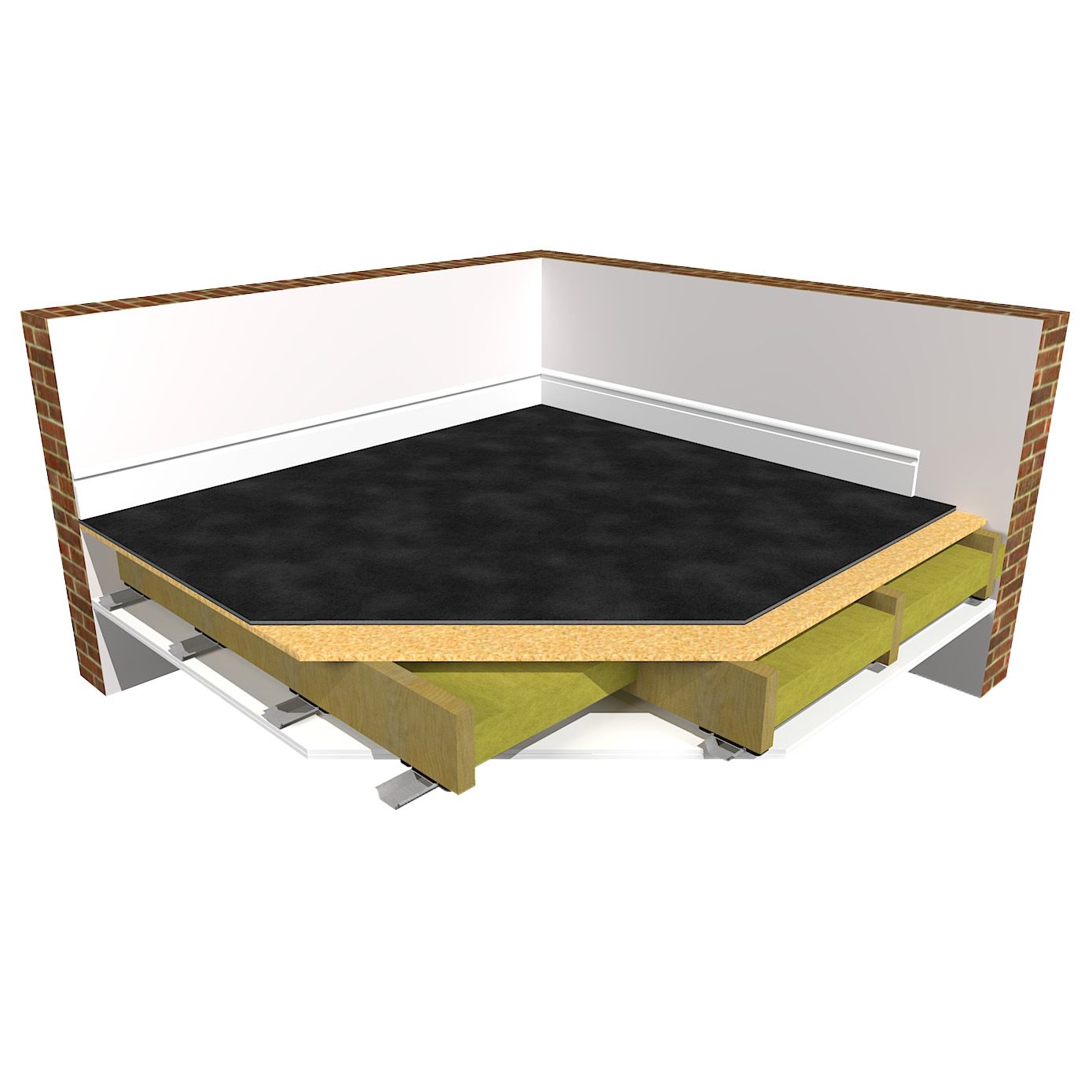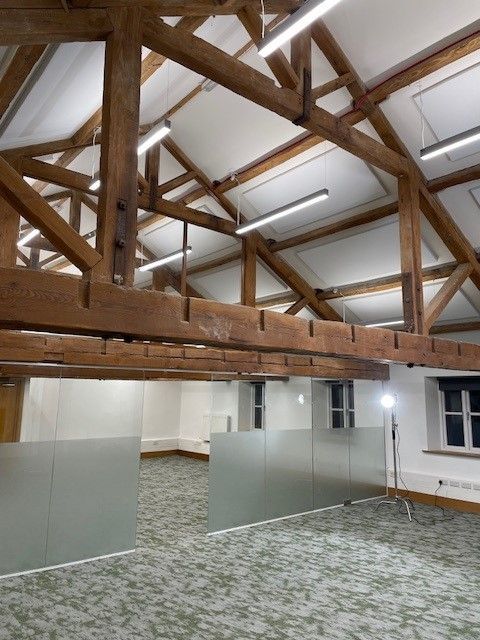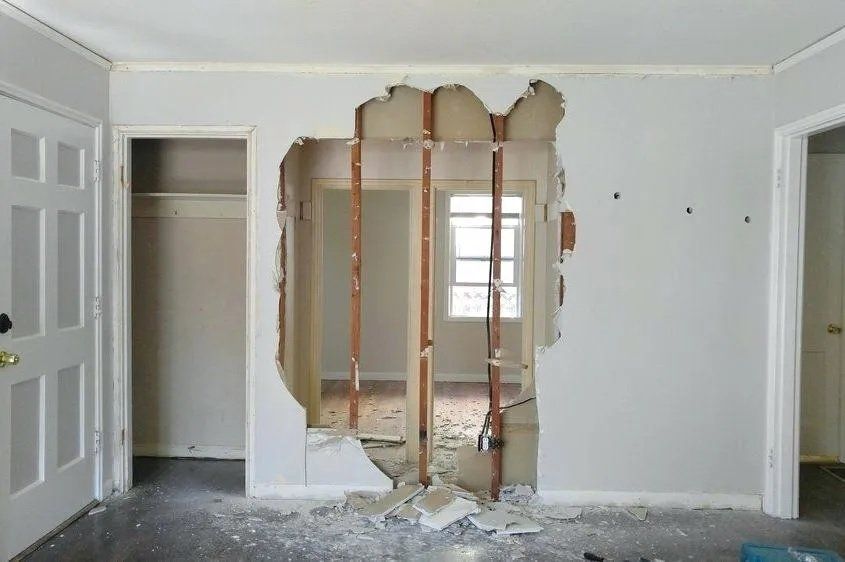How does green glue work for soundproofing?
What is green glue and how does it work for soundproofing?
Green Glue is very popular in America and is becoming a more recognised brand in the UK. This is largely because a lot of houses in the states are timber based constructions, basically the equivalent to what we'd refer to as stud walls in the UK. These constructions are very lightweight with very little mass compared to the brick structure of buildings and homes in the UK. Therefore, because the walls are very lightweight they are naturally doing a poor job at blocking any noise which means it is easier to see a greater increase in sound blocking performance by adding what to is referred to in America as dry wall and green glue. However, we will discuss alternative solutions to stud walls and also why this combination of materials doesn't perform well on solid brick walls.
What is Green Glue?
Firstly, the name Green Glue is slightly misleading as it isn't actually a glue as we think of it. It never fully sets hard, so it shouldn't ever be used to stick materials together. it's important to still use mechanical fixings as well as the Green Glue to fix any materials together.
Green Glue is actually a dampening compound with the idea that acoustic glue is added to what they refer to as dry wall in the states (plasterboard in the UK) followed by a second layer of plasterboard (dry wall). Basically the Green Glue is sandwiched in between two layers of plasterboard.
How does Green Glue Work?
Because the Green Glue never sets hard it remains flexible, separating the two layers of plasterboard with a flexible material. This means it creates a vibration dampening effect. Because sound is a vibration energy, by dampening that energy, there should be a reduction in sound.
Does Green Glue Work?
Well... to a certain extent it does. Green Glue does increase the walls ability to dampen sound energy. However there are some key limitations:
- It is only a very small amount of difference. When soundproofing any surface (a wall, floor or ceiling) it is important to look at soundproofing as a full system. The vast majority of any improvement gained by using the Green Glue and the plasterboard will have come from the extra layer of plasterboard (especially so when using acoustic plasterboard). This is because of the increase in mass which has been added to the wall. (One of the key fundamentals to soundproofing against airborne noise is to add mass)
- Because it is only a small amount of dampening, it is only effective for higher frequency sounds. So will not be effective in the majority of situations and especially lower frequencies such as deep voices, bass tones from music and even snoring
- It is only going to be useful on low mass structures such as stud walls. Adding some acoustic glue and a sheet of plasterboard to a solid brick wall in the UK to block unwanted noise is not going to make anywhere enough difference to make any noticeable improvement. Because the walls in the UK are constructed with much more mass to start with, a more effective and higher performing soundproofing solution is required to gain significant improvement. Basically, to get results on walls in the UK you need to go a lot further than simply adding acoustic glue and a sheet of acoustic plasterboard. The bricks themselves are already doing the equivalent (and more) than these materials
- Green Glue It is an expensive product for the small amount of benefit which certainly does not live up to the marketing "Green Glue - The Ultimate Noise Proofing Compound - Dissipates up to 90% of Noise!"
A useful overview of Green Glue
What are the alternatives to Green Glue?
We know that Green Glue is used sandwiched between the existing plasterboard and a new layer of plasterboard. The material we would recommend to be the sandwich filling between two layers of acoustic plasterboard is FlexiSound. Similarly to the acoustic glue, FlexiSound is also viscoelastic. When FlexiSound is placed between two sheets of acoustic plasterboard it gives the wall the ability to dampen sound energy and vibration. However, unlike the acoustic glue the FlexiSound also creates a barrier of mass. This is important (as previously mentioned) as it's mass that predominantly blocks airborne sound. FlexiSound adds an extra 10kg per m2 and is only 5mm thick. Compare this to the Green Glue which is adding absolutely no mass whatsoever. Also, because the acoustic glue doesn't uniformly cover the entire wall, it doesn't create any kind of air tight sealed barrier to help block sound.
Learn more about FlexiSound - an alternative to Green Glue
Soundproofing lightweight stud walls
Green Glue is a noiseproofing compound (used more readily in the states) on timber stud walls. So what if you are looking to soundproof a stud wall? What is the alternative to Green Glue? For soundproofing a stud wall, the recommendation would be to use the ProSound™ SoundBoard 4™ this is a direct to wall acoustic board with a layer of acoustic grade plasterboard laminated to two layers of mass loaded vinyl which again greatly increases mass. There is also a layer of closed cell foam to give the wall the vibration dampening element. The SoundBoard 4 soundproofing wall panel easily outperforms the combination of acoustic glue and plasterboard and is a much quicker and easier installation.
The 3 best ways to soundproof a stud wall
SoundBoard 4™ a higher performing alternative to green glue and plasterboard
How to Soundproof a stud wall with SoundBoard 4
Soundproofing for all types and levels of noise with the ReductoClip
It is apparent that Green Glue isn't suitable for loud noises or across a full range of frequencies. So what happens if the unwanted noise is airborne and impact noise such a loud music, or low bass frequencies such as snoring? Also, what about in situations such as music rooms and home cinemas where high levels of dampening is needed? For these situations the recommendation would be the ReductoClip™ System, which is a high performing resilient dampening system. This dramatically outperforms the acoustic glue in both volume reduction and the range of frequencies.
Recommended Soundproofing Solution - The ReductoClip System
The ReductoClip System is the recommended solution when trying to achieve the best possible results when soundproofing a wall.
- A brilliant, high performance, isolation clip system designed to decouple layers of mass from the structure of a building
- Designed to dampen high levels of sound energy and vibration
- Straightforward installation
- Used in all situations from domestic homes needing to reduce unwanted noise from noisy neighbours to industrial applications to music studios and home cinemas
- Used on both walls or ceilings where superior noise control is required against any level and all kinds of unwanted noise
Learn more about the ReductoClip System for soundproofing
Should I use acoustic Green Glue for soundproofing?
Green Glue used in the right situations on the right wall construction combined with plasterboard can give some sound reduction improvement. However, it's definitely not the miracle cure it seems to suggest. Without a doubt there are soundproofing materials and systems that will give much, much better results.
Soundproofing is not a one size fits all. If you are unsure as to which will be the most effective soundproofing solution for walls, floors and ceilings for your individual situation, then our advice would be to always speak to an expert. Should you have any questions, or require any advice, please don't hesitate to call a member of our expert team on (01423) 206208.
Share
"We don’t expect you to become an overnight expert in soundproofing, that’s what we’re here for."



